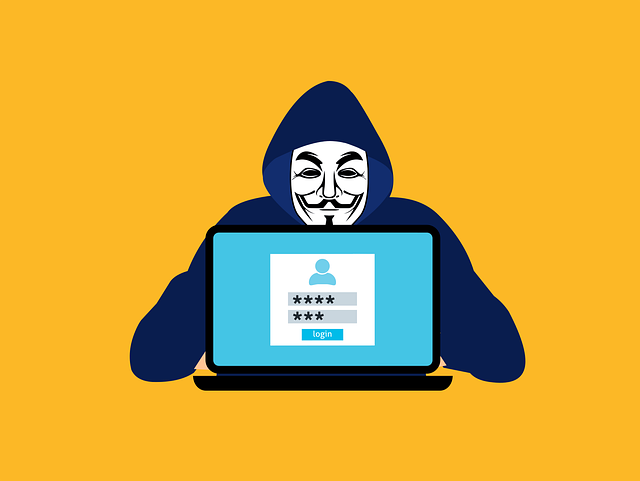Ransomware Attacks on CRMs: Why They're Growing and How to Stop Them
Keeping data and operations streamlined is why CRM systems are an essential part of business. However, as they are used more and more, they have become a prime target of ransomware attacks that can threaten the availability of sensitive customer data, as well as business operations.
Why CRMs Are Prime Targets for Ransomware Attacks
CRM systems are necessary to manage customers, sales, and interactions for businesses. CRMs make cybercriminal treasure chests out of that. They are a hot target because they store everything from contact details to payment information. One of the key reasons CRMs are so vulnerable is the growing reliance on cloud-based CRM for small businesses.
That’s why small businesses love these platforms, they are cheap and simple. While they can be less secure and put businesses at risk for ransomware attacks, however, they are better for those reasons. Hackers will use sneaky ways to exploit a weak point, get control of your data, and then ask for a ransom to unlock the data.
How Ransomware Attacks on CRMs Happen
Cybercriminals have exploited the loopholes In cloud-based CRM systems and begun launching ransomware attacks. They usually mail the target victims with a forged email account or use social engineering to get the user logins then work their way around the system.
Another is to take advantage of applications that are connected with the CRM system; this means they have access and the hackers can use it as an entry point and blackmail for money.
Common Vulnerabilities in CRMs
Weak Password Management
The most common CRM vulnerability is weak password management. Most businesses do not have particularly strong password policies, thus exposing systems to brute-force attacks. Credential stuffing risk is often increased as employees reuse passwords across platforms. If MFA is not implemented on the system and platforms, then any form of sensitive information stored is up for grabs for any person with ill intent.
Outdated Software and Plug-ins
Company operating systems that were run by old CRM tools or outdated plug-ins leave the corporation exposed to different recognized attacks. These weaknesses allow attackers to introduce themselves into CRMs, antagonize processes, or even inject ransomware. Regular updates reduce the degree of risk.
The Financial and Operational Impact of Ransomware on Businesses
A ransomware attack is not a temporary hassle. It can cripple your operations and cost you a great deal of money. It can easily cost tens of thousands—or even millions—of dollars in ransom. That’s before you consider the costs of lost productivity, damaged reputation, and potential legal challenges.
What if you lost access to your CRM for even a day? They can’t close sales, customer service starts to grind to a halt, and trust starts to erode. For a freelance cybersecurity business, for instance, failing to protect client data could mean losing those clients altogether—and possibly facing legal repercussions.
Best Practices for Preventing Ransomware Attacks on CRMs
Train your employees
Employees themselves are the first line of protection, thus make certain that they are ready for it. That is why you should teach your students what cybersecurity is, what phishing emails and fake accounts are, and how to generate strong passwords and avoid unsafe websites.
Implement Multi-Factor Authentication (MFA)
That is why the multi-state concept is crucial for protecting cyber threats from attacks by others. Implementing MFA becomes very effective since the unauthorized person cannot get in easily because they will require more information to enter the CRM system.
Regularly Update Software and Plugins
As with most applications, updating software and plugins regularly can control known vulnerabilities that the hacker may use to intrude into the CRM system. Make certain that your IT personnel performs constant updates of all systems and applications used in the organization.
Encrypt your data
Make sure that all, stored and transmitted CRM data, is encrypted at a very high level just in case of leakage to avoid compromise.
Regularly back up your data
Records in CRM, therefore, should be backed up frequently, and the backup should be in a location that is different from where the CRM or even the cloud is located. They can be used to reconstruct a system in case of an attack and thus reduce damage.
Final Thoughts
More and more sophisticated ransomware attacks are hitting CRMs, and you don’t have to be one of them. Know the risks, keep your defenses up, and have a good recovery strategy in place—you can protect your data and operations.
Remember, securing your CRM is not an IT issue; it’s a business imperative. There’s no getting around the fact that for small businesses or large enterprises, cybersecurity is something you need to take seriously and it will save you a ton of headaches and money down the road.

